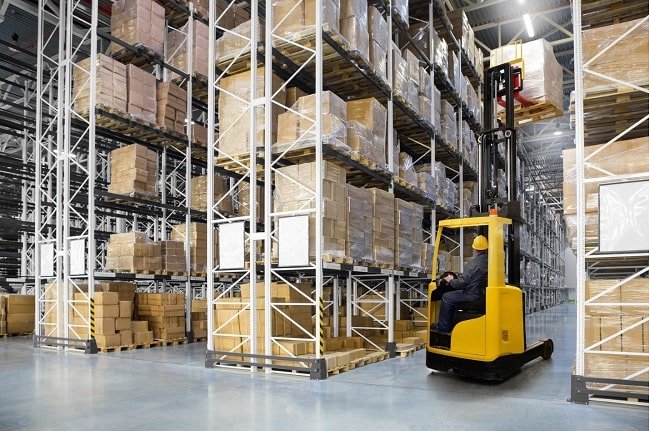6 Ways Forklifts Are Used in Various Industries

Forklifts are essential vehicles used for heavy-duty work in industries. These small, power-operated machines have a forked platform at the front, which is used to lift and move cargo. They are commonly found in warehouses, distribution centers, and large storage facilities. In this article, we will explore six key uses of forklifts in different industries.
1. Indoor Materials Shifting
One of the primary uses of forklifts is for indoor materials shifting. They are widely employed in warehouses, distribution centers, and storage facilities. Forklifts are used for loading and unloading goods from trucks, as well as for transporting, stacking, and picking items. While they are commonly used for lifting and moving pallets, forklifts can also transport crates, drums, equipment, boxes, and other items without the need for pallets. The design of forklifts varies to accommodate different obstacles and scenarios encountered in these indoor environments.
2. Construction Sites
Forklifts play a crucial role in construction sites. They are used to move heavy building materials across rough terrain and long distances. Forklifts act as both lifting tools and vehicles, enabling the efficient unloading of construction materials such as bricks and steel joists from delivery trucks and transporting them to the job site. Their versatility allows them to balance multiple tasks simultaneously, making them invaluable assets in construction projects.
3. Warehouses
Forklifts are extensively used in warehouses for various purposes. They are primarily employed for loading and unloading trucks and transporting goods within the warehouse. There is a wide range of forklifts available in the market to cater to different warehouse needs, including pedestrian-operated machines and heavy-duty driver-operated trucks. The capacity of a forklift, i.e., the weight it can lift, is determined by its specifications.
4. Recycling Procedures
Forklifts are also utilized in recycling operations. They play a crucial role in unloading recycling trucks and transporting materials to sorting bays. Forklifts can effectively load and unload tractor trailers, straight trucks, elevators, and railway cars. Special cage attachments are used to transport slippery materials like tires, preventing them from slipping off the forks. It is important to ensure the work area is well-prepared before commencing loading or unloading operations, including setting up vehicle brakes and installing fixed jacks.
5. Dockyards
Forklifts have been invaluable assets in dockyards since World War times. They were used to efficiently load arms and supplies during the wars. In modern times, heavy-duty forklifts are employed for transporting bulky containers from delivery trucks to dockside storage houses and then onto ships. Forklifts are also used for transporting off-loaded shipments of wood and steel in dockyard settings.
6. Other Special Uses
Forklifts have various other special uses. For instance, they can be equipped with broom attachments, effectively turning them into sweepers for wet or dry sweeping tasks in warehouses, dockyards, and parking lots. Additionally, forklifts can be used as snow plows during snowy conditions. By attaching a special snow plow attachment to an industrial forklift, snow can be efficiently shoveled. Enlisting used forklifts in Melbourne are often employed for training new forklift drivers and mechanics, allowing businesses or training companies to avoid potential damage to expensive vehicles during the training process.
Conclusion
Forklifts are remarkable multipurpose machines that make industrial work easier. From indoor materials shifting to construction sites, warehouses, recycling procedures, dockyards, and other special uses, forklifts prove their versatility and importance across various industries. These vehicles not only contribute to industrial operations but also find utility in general work tasks like sweeping and snow shoveling. Their adaptability and usefulness make them an invaluable asset in the industrial landscape.


